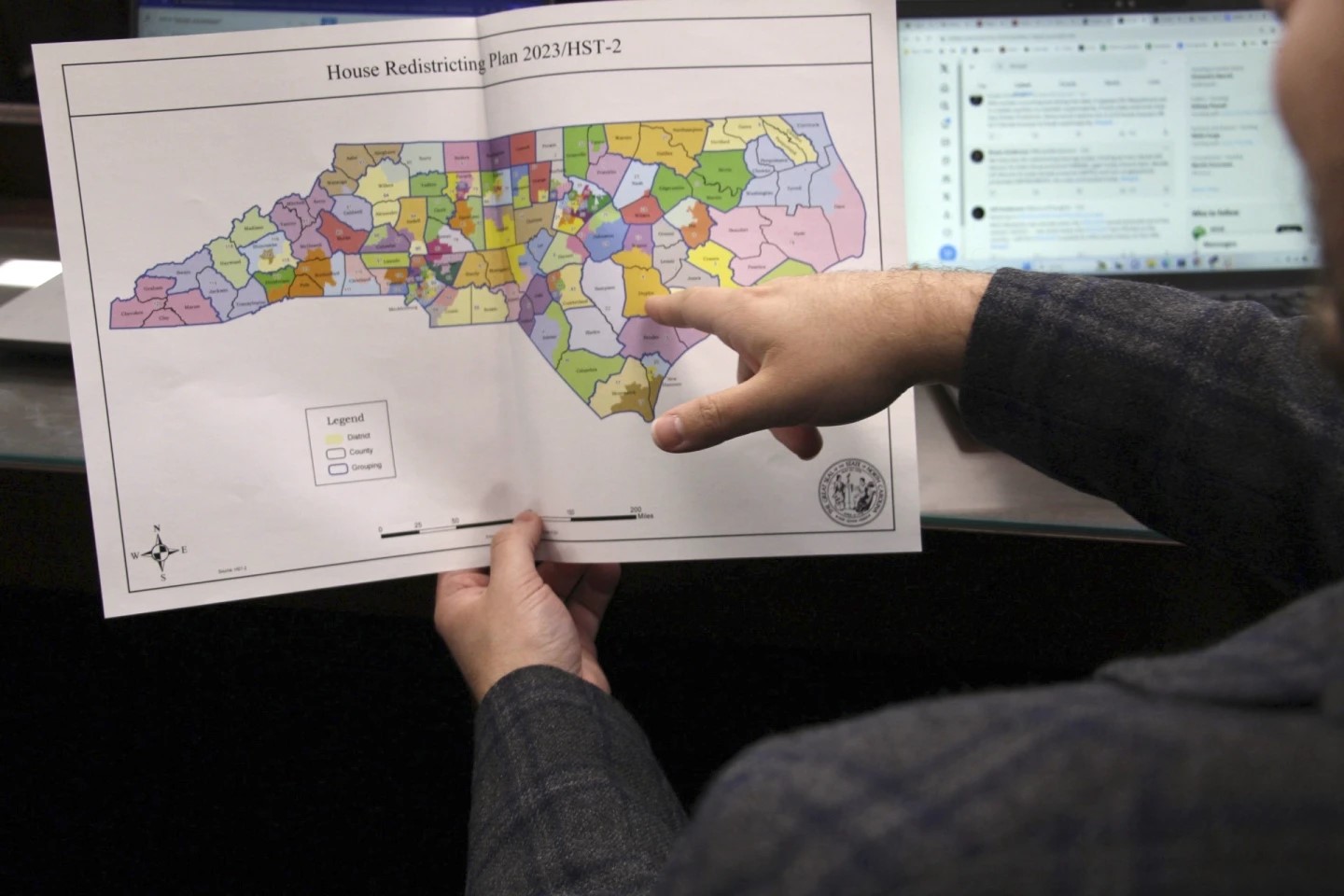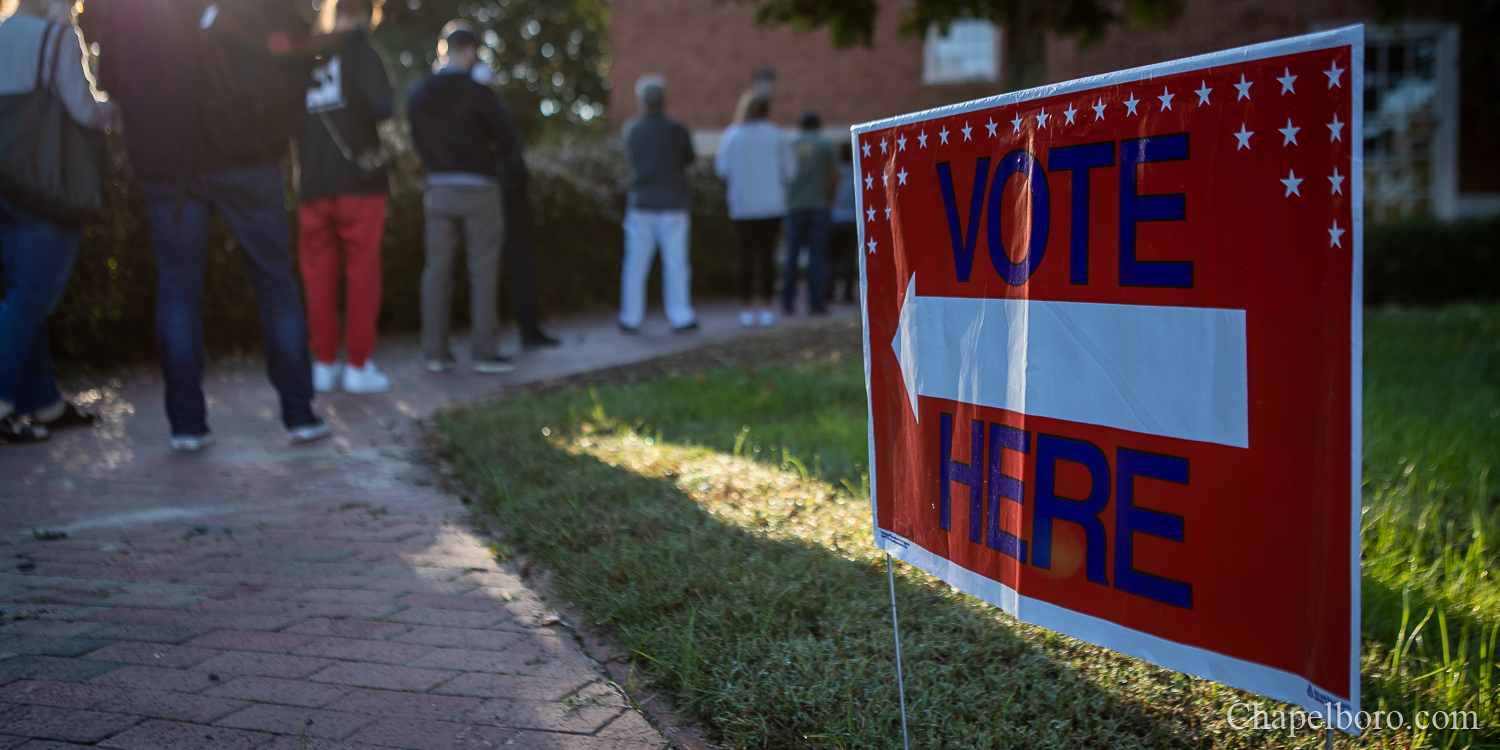North Carolina legislative districts drawn up by Republicans are back in court as federal judges decide whether to accept proposed boundary changes from the third-party expert they appointed.
The three-judge panel scheduled a hearing Friday in Greensboro to listen to why a Stanford University law professor they hired as a special master redrew boundaries the way he did. The judges appointed Nathaniel Persily because they were concerned new state House and Senate maps approved by the GOP-controlled legislature last summer failed to remove unlawful racial bias from four districts.
House and Senate districts drawn by Republican legislators have been challenged in courts since 2011.
The judges also said it appeared a handful of districts in and around Raleigh and Charlotte were needlessly altered from their initial shapes — possibly violating the state constitution — when the GOP first approved maps for this decade in 2011. The original maps helped Republicans retain and expand their majorities, making it easier for them to enact their conservative agenda on taxes, education and social issues.
The judges’ directive to Persily meant he redrew lines for roughly two dozen of the 170 General Assembly districts, eliminating “all of the constitutional infirmities the court has identified,” he wrote Dec. 1.
The judges — two nominated by Democratic presidents and one by a Republican — planned to hear arguments Friday from lawyers for voters, who challenged the 2011 lines for relying too heavily on race, and from attorneys for Republican legislative leaders.
GOP lawyers already have said they expect to appeal to the U.S. Supreme Court if the judicial panel approves Persily’s proposal.
Candidate filing for next fall’s General Assembly begins in mid-February. Democrats, who currently hold only 60 of the 170 legislative seats, are energized by their antipathy to President Donald Trump and buoyed by their party’s recent electoral wins in Virginia and Alabama. Should Persily’s boundary changes remain, Democrats could be favored in a couple of additional races.
In court filings, Republican legislators argued that problems with racial predominance and constitutional violations cited by the judges don’t exist in the maps the General Assembly approved last August. They pointed out that no racial data was used in drawing them. They offered their own redistricting expert who could testify Friday.
Lawyers for the plaintiffs wrote that they like the special master’s recommendations, which also lowered the black voting-age populations in the four districts where the judges had found what they called lingering racial bias. Persily wrote that he focused on “race-neutral criteria,” such as creating more compact districts and minimizing precincts split between districts. He has presented data he said backs his work.
Democratic activists initially sued over the maps in state court in late 2011, followed by other voters in federal court in 2015.
Critics alleged Republicans packed black voters in certain districts so surrounding districts were more white and Republican. GOP legislators rejected those arguments, saying they created majority-black districts because they believed it would shield them from federal Voting Rights Act litigation.
In 2016, U.S. Circuit Judge Jim Wynn and District Judges Catherine Eagles and Thomas Schroeder — the same panel hearing Friday’s arguments — threw out 28 districts as illegal racial gerrymanders. The U.S. Supreme Court upheld their decision last June, leading the General Assembly to redraw dozens of districts two months later.







Comments on Chapelboro are moderated according to our Community Guidelines